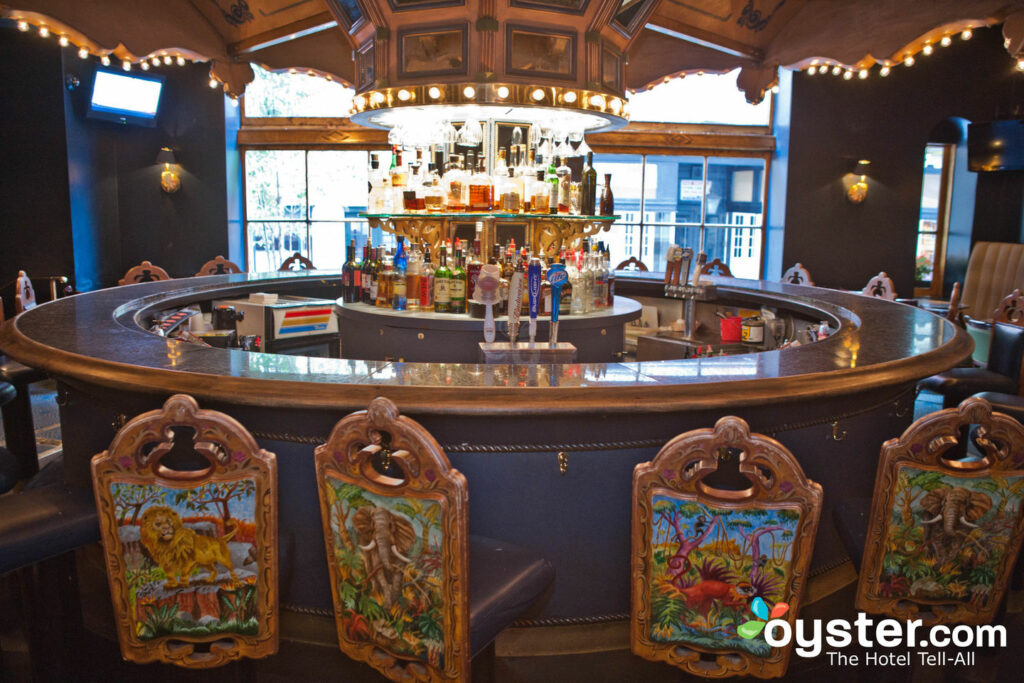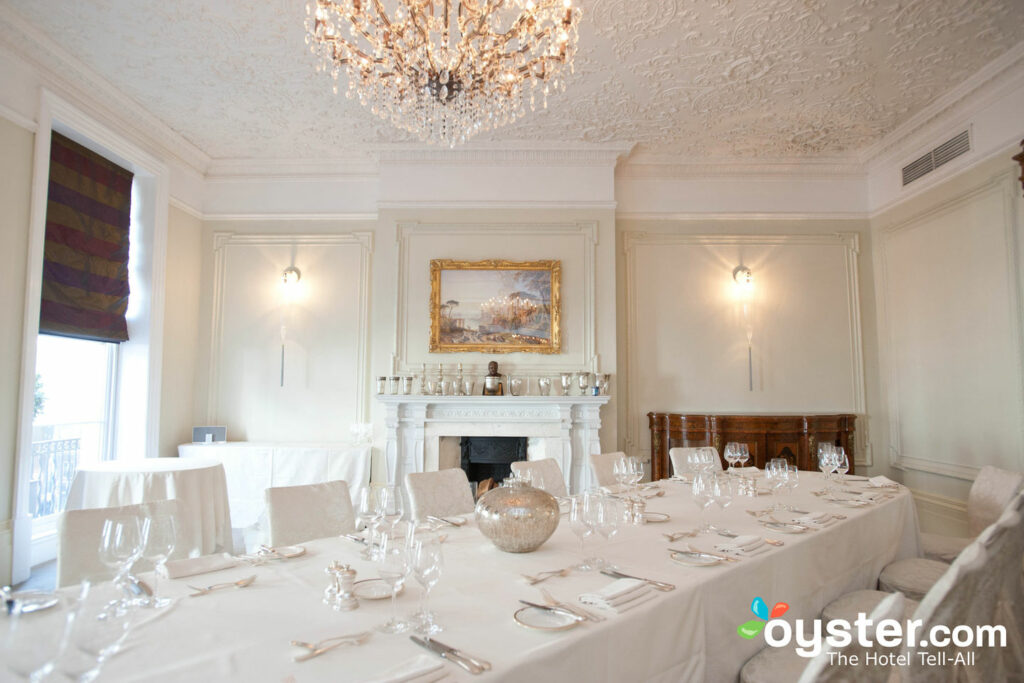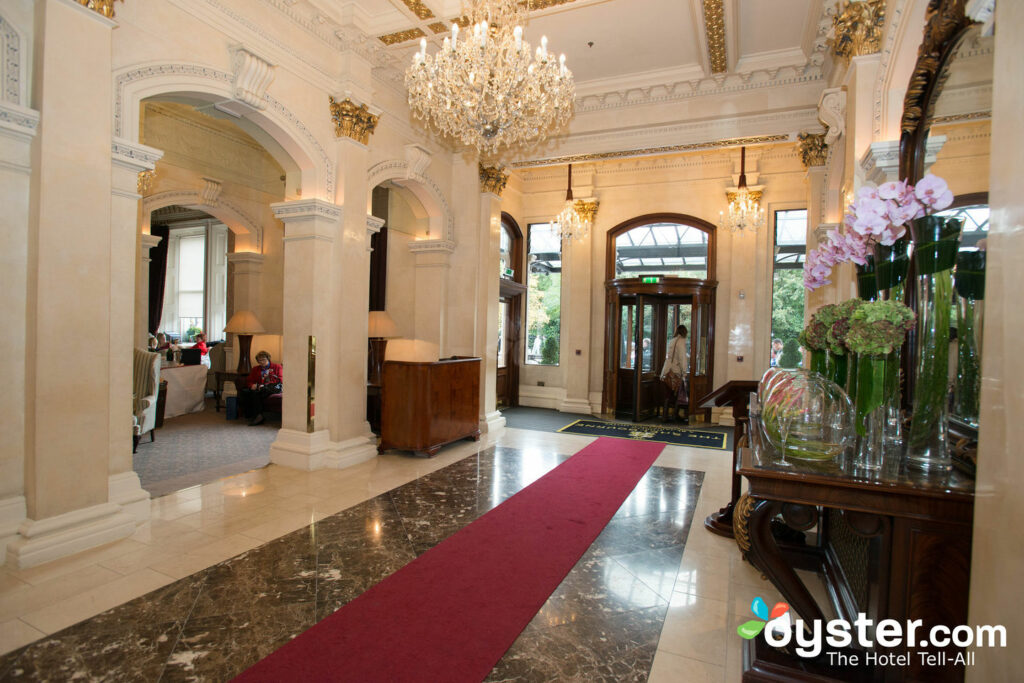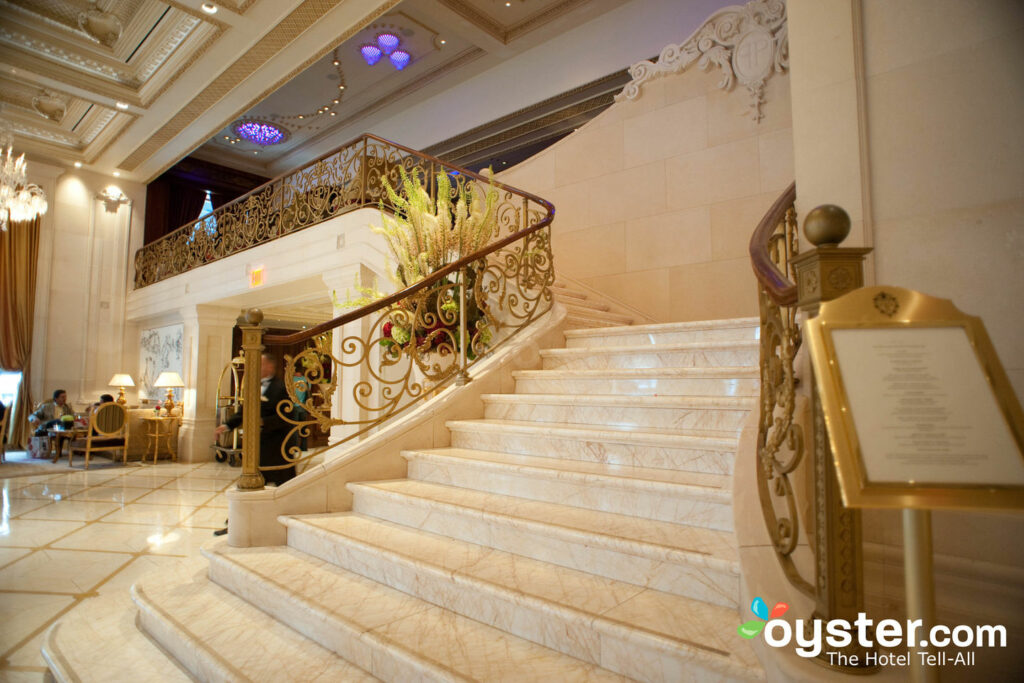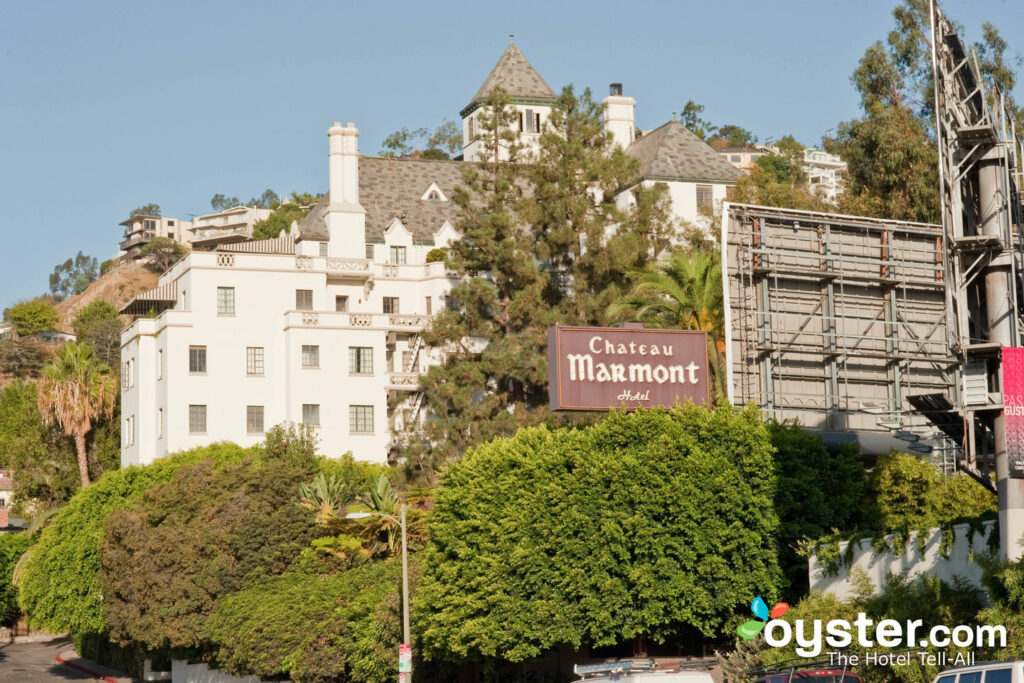Any writer worth his weight in hardbacks knows that one of the most essential aspects of a story is setting; it sets the scene, provides conflict, controls character interaction, and creates a mood. It only makes sense, then, that authors return again and again to hotels in particular to fill the backdrop of their stories. Why? Well, hotels are familiar to everyone, and conveniently allow for all different types of characters to enter the adventure. They open up a world of dramatic possibility, and, since they are homes away from home, hotels can create both a feeling of comfort and uncertainty -- to outright insanity depending on the author. (Stephen King's The Shining is quite possibly one of the most well-known stories based in a hotel.) Here's a list of real-life hotels that are so inspiring, writers had to pen them forever on the page.
Hotel Monteleone, New Orleans
Perched high above New Orlean’s French Quarter, the Hotel Monteleone sign has been a beacon for lost travelers, especially writers, since 1886. In fact, so many writers have stayed — or even lived — in the Monteleone that the property is one of only three literary landmarks registered within the United States. Residents and guests like Ernest Hemingway, William Faulkner, Anne Rice, John Grisham, and Tennessee Williams have called it a favorite, while Carousel Bar regular Truman Capote believed he was (and bragged erroneously about being) born here. A few writers have even honored the hotel in books like Orpheus Descending (Tennessee Williams), “Night Before Battle” (Ernest Hemingway), Divine Secrets of the Ya-Ya Sisterhood (Rebecca Wells), and Band of Brothers (Stephen Ambrose).
Brown's Hotel, London
The Shelbourne Hotel Dublin, A Renaissance Hotel
The 265-room Shelbourne, built in 1824, is one of Dublin’s best-known luxury icons, with a grand entrance right on St. Stephen’s Green and an impressive roster of famous past guests (Bill Clinton, Julia Roberts, and Liam Neeson have all stayed here). It must have had one heck of an impact on writer James Joyce as the hotel shows up in several of the writer’s books. The most popular reference appears in Ulysses: Episode 8 – Lestrygonians, as the hotel is where Mrs. Miriam Dandrade sold Leopold Bloom her old wraps and black underclothes. The Shelbourne also appears as the setting for George Moore’s Drama in Muslin.
The Plaza, New York City
It could be said that no other New York hotel is as synonymous with luxury as the century-old Plaza, or has carved out such a place in 20th-century culture. It appears over and over in films and TV shows, has hosted long-talked about events like Truman Capote’s famous Black and White Ball, and is a popular spot for tourists to snap — even if they are not staying at the hotel. It’s also been a significant player in the literary world and is another one of the three official U.S. literary landmark hotels. The Plaza can be found in pages from the children’s book Eloise, to F. Scott Fitzgerald’s The Great Gatsby, from the more recent young adult series The Princess Diaries by Meg Cabot to The Last Olympian, the final installment of the Percy Jackson & The Olympians by Rick Riordan.
Chateau Marmont, Los Angeles
An iconic hotel and bar on Hollywood’s Sunset Boulevard, the Chateau Marmont has been a bastion of celebrity debauchery since it opened in 1929. With its faded oriental rugs, velvet couches, beveled mirrors, and brass candelabras, the atmosphere is brooding and nostalgic. As Harry Cohn, founder of Columbia Pictures, famously told screen legends William Holden and Glenn Ford, “If you’re going to get in trouble, do it at the Chateau Marmont.” It’s this type of reputation that probably inspired the idea behind Devil Wears Prada writer Lauren Weisberger’s 2010 novel, Last Night at Chateau Marmont, which focuses on the quick rise to fame and resultant series of morality tests for a married couple who find themselves amongst the beautiful, famous, and wreckless at Chateau Marmont.
All products are independently selected by our writers and editors. If you buy something through our links, Oyster may earn an affiliate commission.
